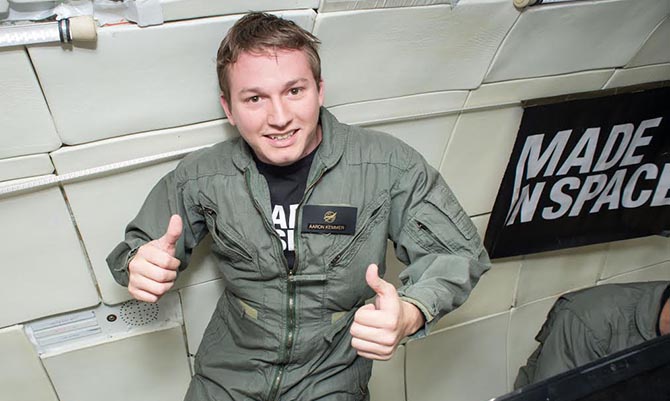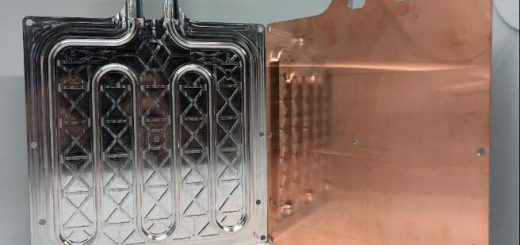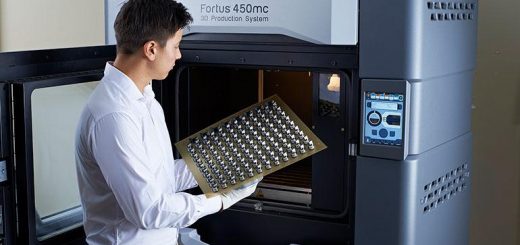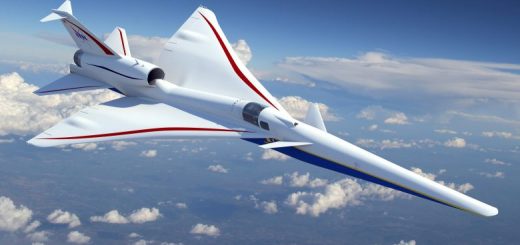Silicon Valley Company Lands NASA Contract For Breakthroughs In 3D Printing In Space
A Silicon Valley 3D printing company has been awarded a contract with NASA to launch a project creating a satellite that will manufacture and assemble itself in orbit.
A top NASA administrator visited Mountain View’s Ames Research Center Monday and toured state-of-the-art facilities of Made In Space. NASA awarded Made in Space a $73 million contract to launch Archinaut by 2022, an “autonomous robotic manufacturing and assembly platform.”

Jim Bridenstine, the space agency‘s top official, called Ames a “jewel” and praised the work of Made In Space as “impressive.” The manufacturing company 3D prints structures, parts, tools and more while in orbit.
A computer animation showed Archinaut 3D printing and assembling itself, building two 30-foot solar arrays that would ordinarily be unfeasible to launch, but will yield five times the power currently available to satellites of the same class.
“NASA is now a partner with you, on the world’s first satellite that will manufacture and assemble itself. In orbit. That is, that is transformational,” Bridenstine said to a gathering of MIS employees.MIS also had on display potential solutions for moon base construction, as part of Project Artemis, the country’s effort to return to the moon by 2024. MIS engineers had devised a way of utilizing “regolith,” powdered rock material, combined with low-density polyethylen plastics from Earth, to 3D print into a variety of shapes for different applications.
“If you mix a small amount of this plastic with the regolith that you find on the moon, and then squirt it through a heated nozzle, you can manufacture this material that has the best properties of both stone and plastic. It’s incredibly strong, you can manufacture as much as you like out of the lunar regolith, and all you need to bring with you is this small amount of plastic,” said Max Fagin, senior aerospace engineer.
By transporting the plastic alone, as well as utilizing regolith found on a moon or planetary surface and solar energy to power the 3D printers, Fagin says rocket payloads can be reduced by about 75%.
MIS’s second generation printer has created more than 200 objects in orbit since 2015.
“Now, there are months where we’re manufacturing so much on orbit with our second generation 3D Printer, that it feels, you know, so pedestrian almost. But then we have to pause and say ‘Wow!’ This is something that nobody else is doing,” said Made In Space President and CEO Andrew Rush.
“If we can actually manufacture in space, rather than manufacturing on Earth and then launching everything, it can be an absolute game changer that enables us as an agency to optimize what we’re trying to achieve,” said Bridenstine.
Source: CBS SF Bay Area




Recent Comments